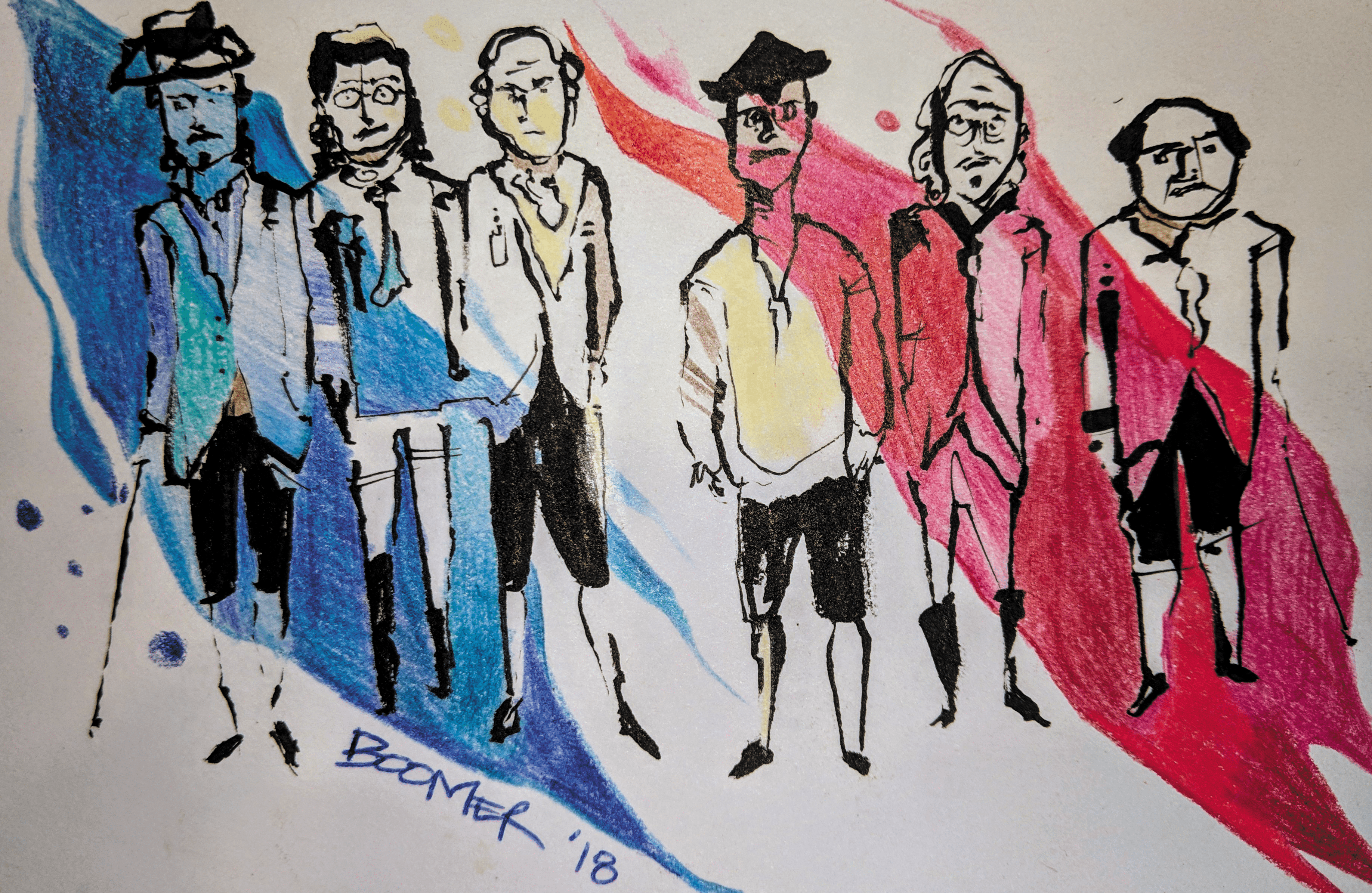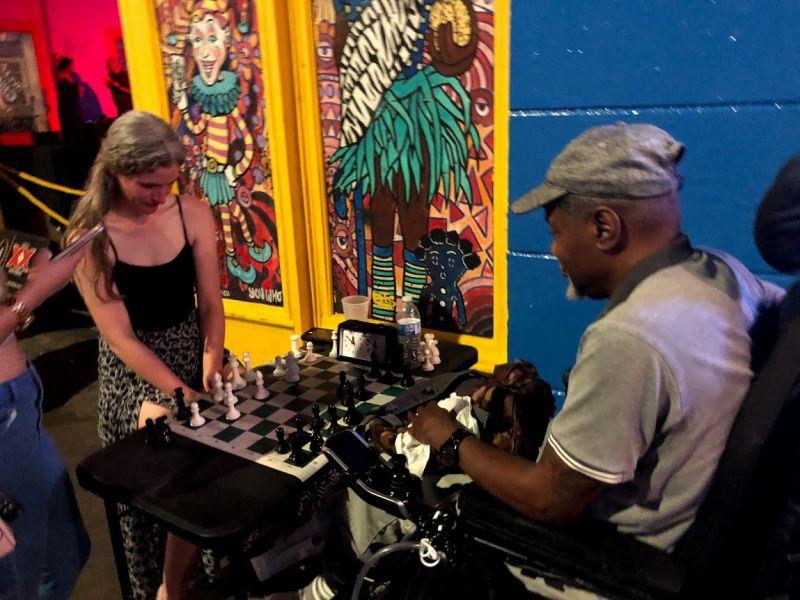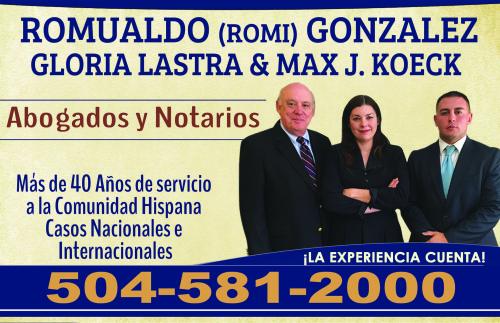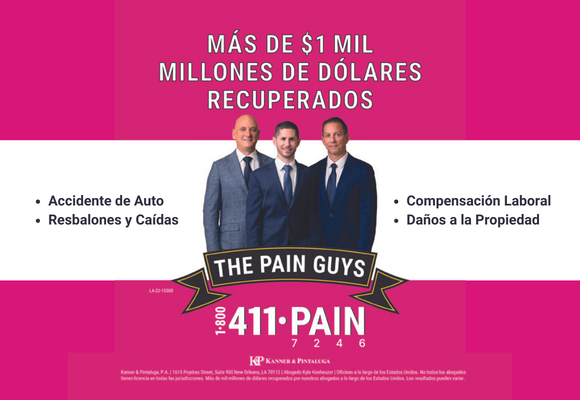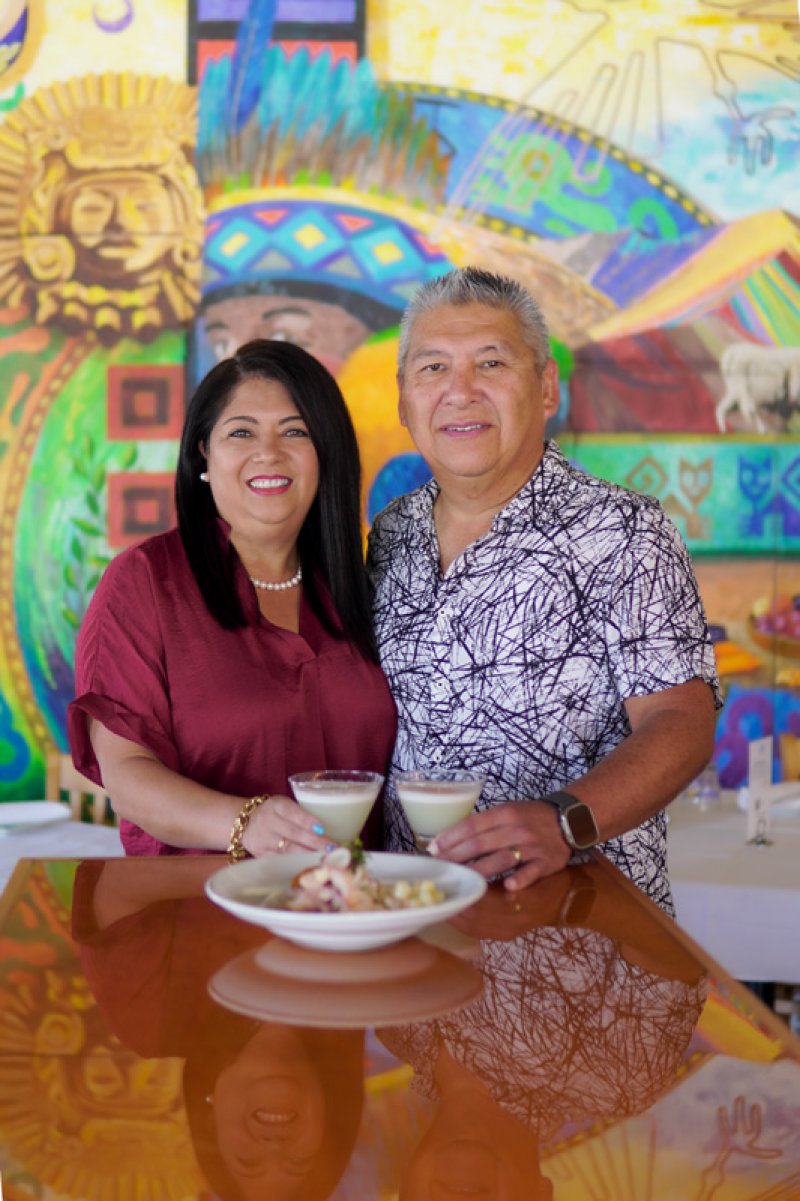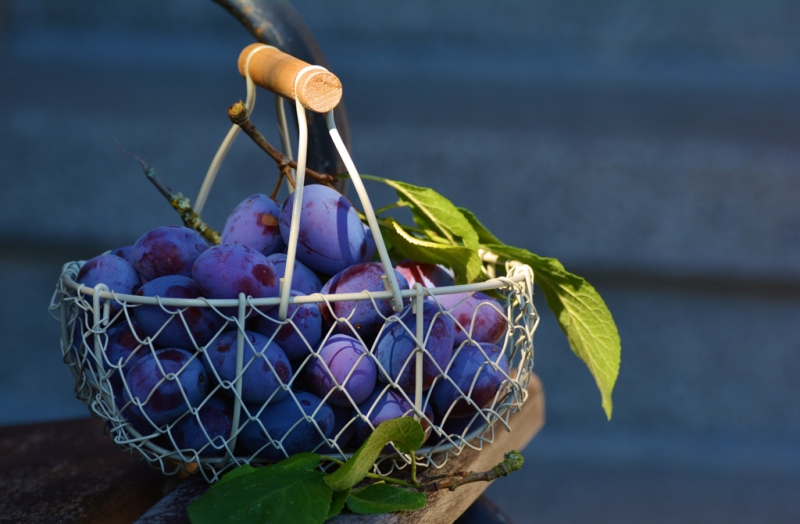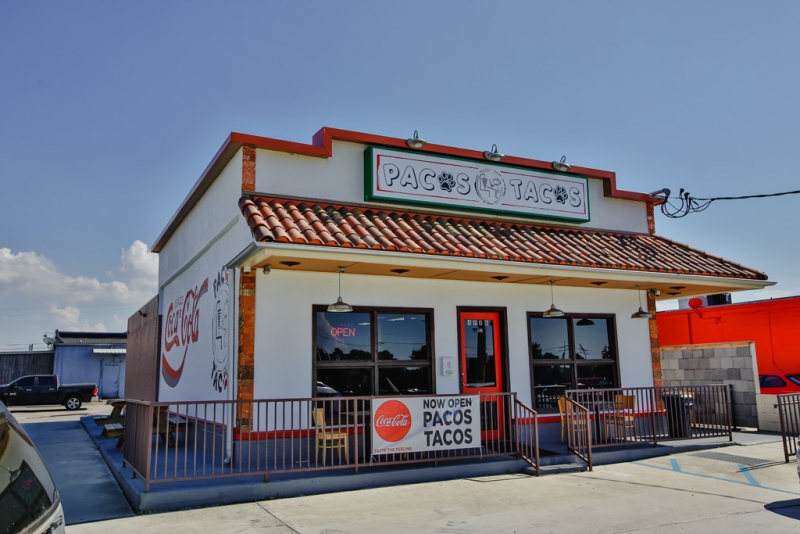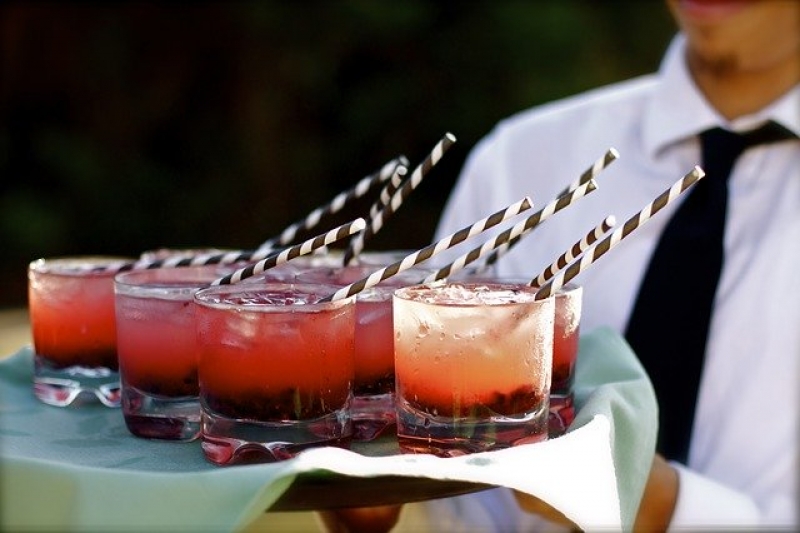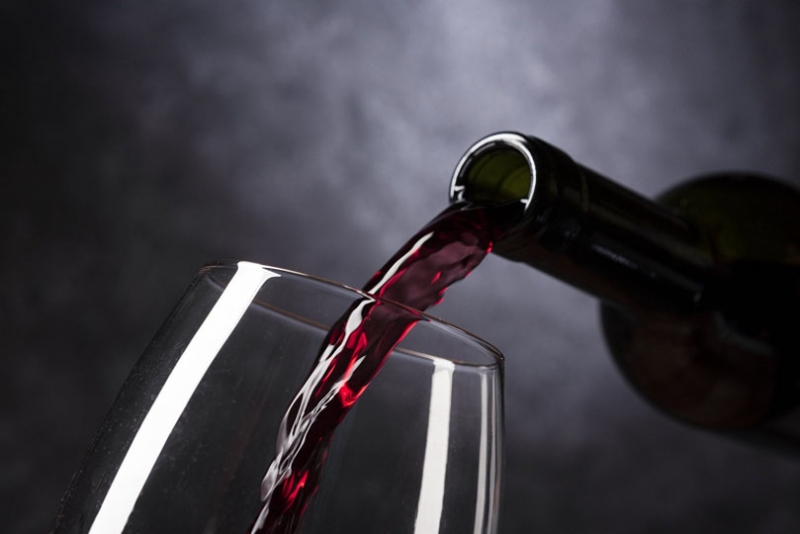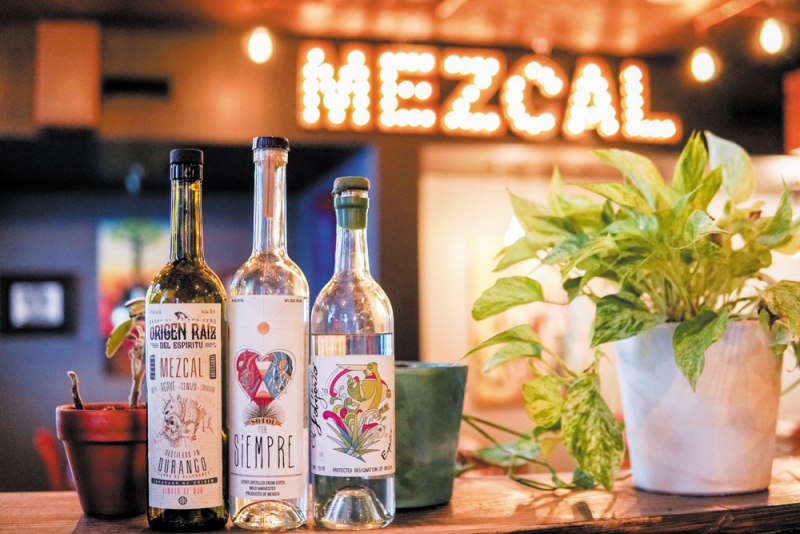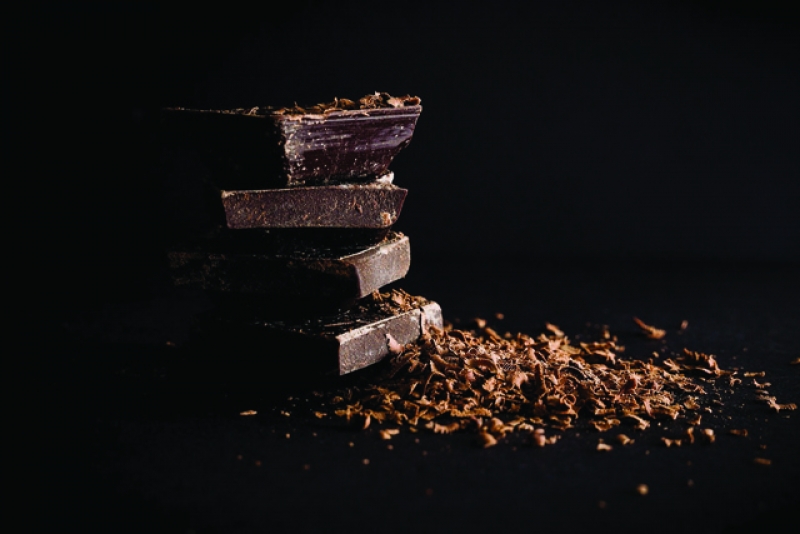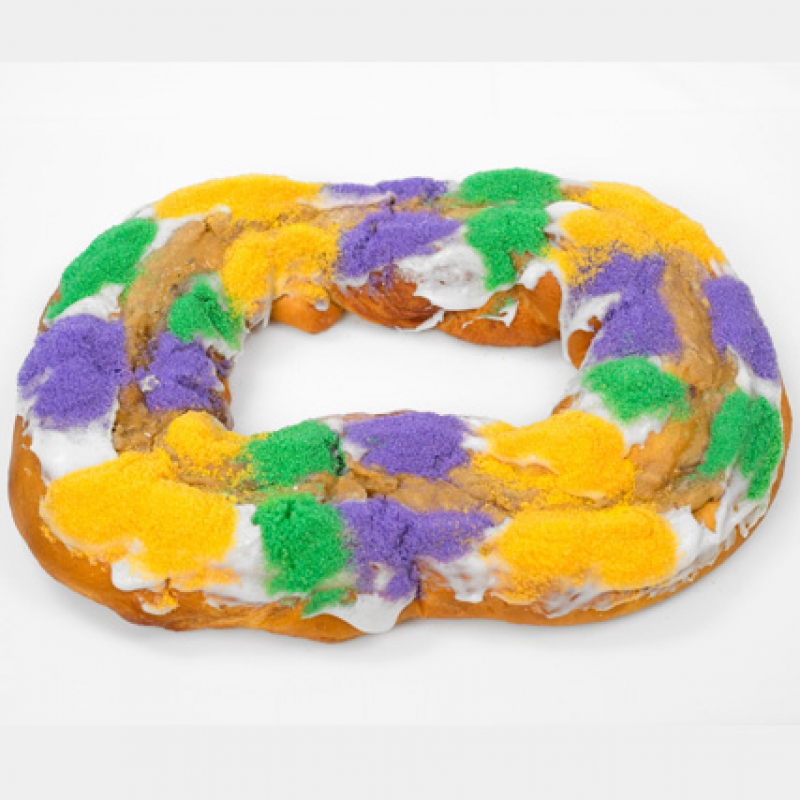- Written by Christopher Ard
- Published in Somos NOLA
Do Whatcha Wanna-- on Frenchmen Street!
Do whatcha wanna-- on Frenchmen Street!
By Christopher Ard
Click aqui para español- >¡Haz lo que te parezca En la calle Frenchmen!
It’s January in New Orleans and that means it’s time to hit the streets! Odds are, you’re going to find yourself dancing down Frenchmen Street at some point this carnival season—celebrating life. Yes, there are few streets in post-Katrina New Orleans that conjure up images of fun, laughter, jazz, and an all-around good time like Frenchmen Street. However, things at the edge of the French Quarter weren’t always so jovial.
In 1763, the countries of Europe signed the Treaty of Paris, thus ending the 7 Years War (also known as the French and Indian War). Just a year earlier, France and Spain met secretly and signed the Treaty of Fontainebleau which gave Louisiana and New Orleans to Spain. Of course, there were no cell phones or Internet back then, so news of the secret treaty finally spread in 1764.
-Overnight the French and German settlers of New Orleans became Spaniards-
Overnight the French and German settlers of Louisiana and New Orleans became Spaniards, and as such, it was expected that they now drink Catalonian wine from Spain, rather than Bordeaux wine from France. Well, this news was shocking to most residents of New Orleans, as you can imagine.
A few years passed, and Spain finally sent a new Spanish governor to Louisiana. Don Antonio de Ulloa showed up with his wife and was immediately met with resistance by the French population who did not want to be Spanish or drink Spanish wine. Ulloa wanted to stop some of the nefarious happenings in New Orleans. There was rampant smuggling happening up and down the river, so the new Spanish governor decided to shut down all of the entrances to the river except for one. The local shipping industry wouldn’t tolerate it. In 1768, 600 residents helped run Ulloa out of town in what is now called the Louisiana Rebellion of 1768—the first rebellion of European-Americans against European powers.
When news of the rebellion reached Spain, the King was furious. About a year later, Spain sent Don Alejandro O’Reilly (an Irishman) to re-establish Spanish rule. Upon his arrival, O’Reilly threw a dinner party and invited those who organized the rebellion. He promised no one would be punished. However, at the dinner party, he had them arrested. Five of the conspirators were sentenced to death by firing squad on October 26, 1769, another five were imprisoned in Cuba for two years, and another was sent to prison in France. Among those killed were Nicholas Chauvin de Lafreniere (same as in the park in Metairie).
Over the next few months, “Bloody” O’Reilly (as he was then known as) established Spanish rule in Louisiana. French flags were lowered, and Spanish flags were raised, street names were translated or changed, the currency changed to the peso—but the local population never forgot the Frenchmen whom were killed or imprisoned during the revolt.
36 years later, Bernard Marigny sold his land downriver from the French Quarter and subdivided the land. As he named the new streets for things he loved, like Craps, Love, and Good Children, there was one street he saved in honor of those men who died fighting for their freedom. Rumor has it that the execution of the Frenchmen happened nearby where Frenchmen Street meets Esplanade Avenue today.
So, this carnival, as you dance down Frenchmen Street, pour some out for those Frenchmen who stood up against government rules and regulations. Listen to some jazz—that musical art form from New Orleans that breaks all the rules. Do watcha wanna!!!—it’s tradition.
